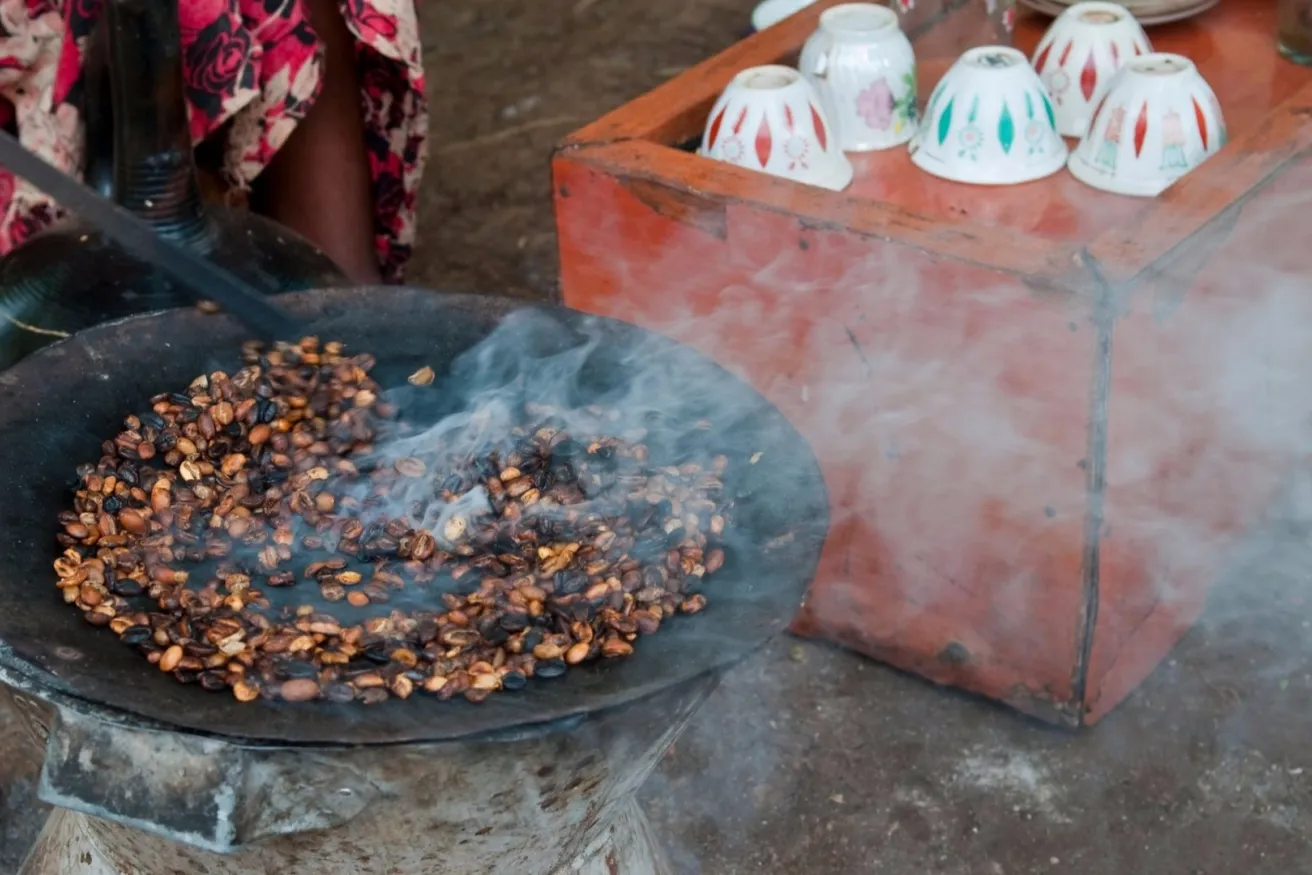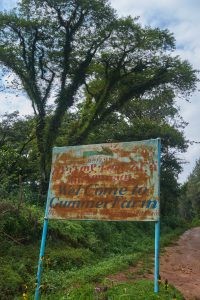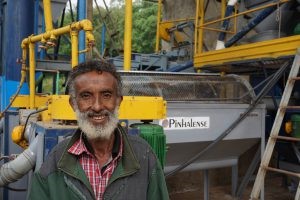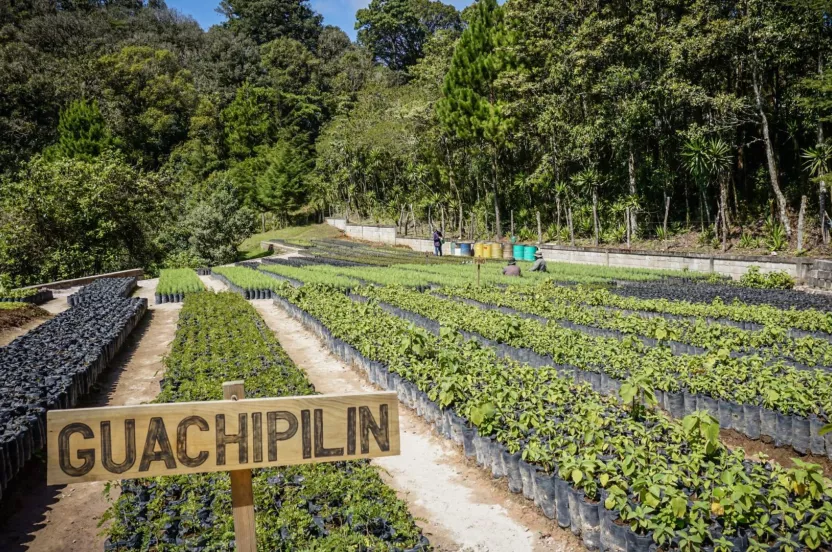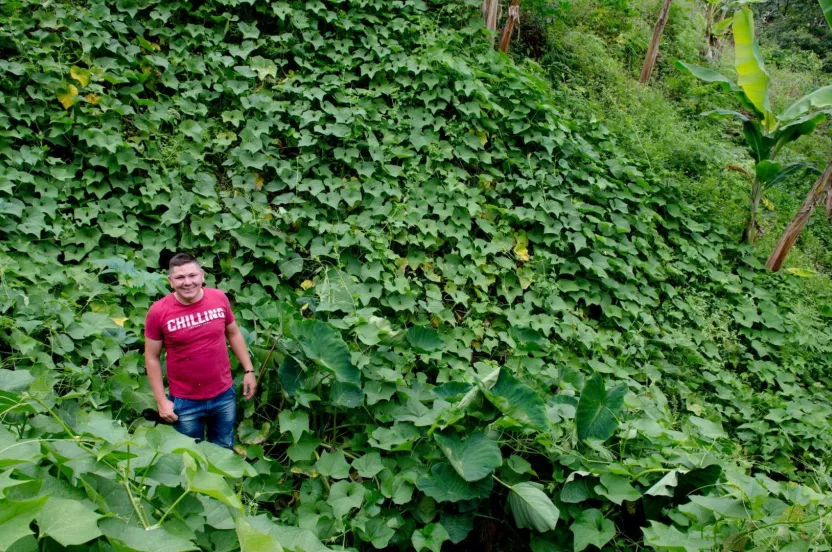Now live: The 2025 Canopy Report. Learn how Americans see trees. GET THE REPORT
Have you heard the story of Kaldi the goat herder and his frolicking herd? The famous Ethiopian legend tells the story of Kaldi who noticed how excited his sheep became after eating fruit from a certain tree. Curious, Kaldi tried the fruit. Soon he was bursting with energy. After watching the odd behavior of Kaldi and his herd, a monk took some of this strange cherry fruit back to his monastery where monks spent the night awake and alert. Kaldi is often credited as the first person to discover coffee.
Second only to oil, coffee is the most valuable legally traded commodity in the world. People pay top dollar for quality coffee beans. Part of what makes a good coffee bean depends largely on how it is grown and harvested. Coffee buyers have lofty expectations for Ethiopian coffee, after all, the country has been harvesting coffee for centuries.
Harvesting Coffee in Southwest Ethiopia
Our partners at Limmu Coffee Farm — the largest modern coffee plantation in Ethiopia — grow coffee in the southwestern highlands of Ethiopia near the town of Jimma. More than 75 percent of the coffee is grown under the shade of trees. The remaining area is comprised of infrastructure and preserved forest. Rainforest Alliance and Utz —two prominent international certifiers —have recognized Limmu Farm for its environmental growing practices. More than 100 native and leguminous shade trees are planted per hectare of land. That’s well above our shade grown certification requirements.
The Farm is green in more ways than one. Limmu Farm practices micro-basin rainwater harvesting, applies organic compost fertilization, uses mechanical eco-pulpers and solar driers, and invests in hiring staff. But the farm wasn’t always sustainable.
Jimma 5
Limmu Farm was once owned by the Ethiopian government with the intent of improving economic infrastructure in western Ethiopia. However, farm operations were poorly managed. The farm consumed more water than necessary, which led to wastewater pollution. The lack of technological agricultural support from the government resulted in low crop yields and poor coffee plants. Additionally, deforestation was popular in the area. These factors contributed to the Jimma region developing a reputation for bad coffee. It was so bad that Jimma 5 became a trade term for bad coffee in Ethiopia.
Fortunately, in 2014 the farm was bought from the government and transformed. New management has renovated the coffee fields with resistant coffee plant varieties. They’ve also invested in adding health facilities, schools, new roads, and funded a sports team to benefit the local community. The farm provides permanent jobs to nearly 3,000 people. During peak times, as many as 20,000 people work on the farm and depend on it for their livelihood.
Green Tastes Good
Since becoming privately owned and implementing green practices, the farm has improved the quality of life to the local community, economically and environmentally. Crop yields have increased, wastewater pollution has been reduced, and the quality of the coffee has significantly improved, becoming one of the most sought-after coffee flavors in the world.
Stay up to date, subscribe to the Arbor Day coffee newsletter .
